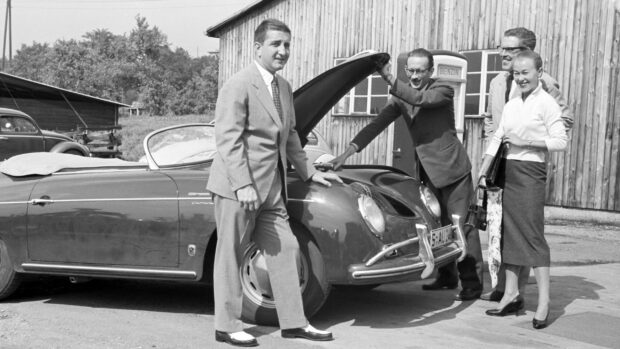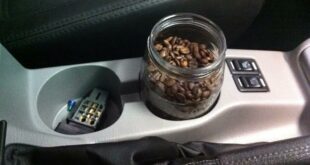Inveterate Porsche disciples skilfully juggle abbreviations and identifiers. 356 and 911, 964 and 993, GTS, GT and S, Carrera, Spyder, Speedster. You are part of the Porsche cult – because every cult has a code. But for some unsuspecting car lovers, the Porsche typology is a bit confusing. How can a car be called 911 and 992 at the same time? Is it a Boxster or a 987? Or is it a 982? And what does the 4, the S or the Executive stand for on the current models? Here are two small tips to crack the Porsche code.
Every order a number
You have to go back as far as 1931 to understand the beginnings of in-house counting. Every order, every project of the newly founded design office Dr. Ing. hc F. Porsche GmbH by Ferdinand Porsche was provided with a running number, the factory-internal type number. In the beginning there was number 7: the construction of a limousine for the German automobile manufacturer Wanderer. The number 22 became the legendary Auto Union Grand Prix racing car and the type 60 was the Volkswagen. The numbers climbed order after order, with every engine designed, with every design for an axle, a gearbox or a tractor. Then on June 8, 1948, the project numbers had meanwhile climbed to 356, a novelty: for the first time an automobile with the official brand name Porsche. The Porsche 356.
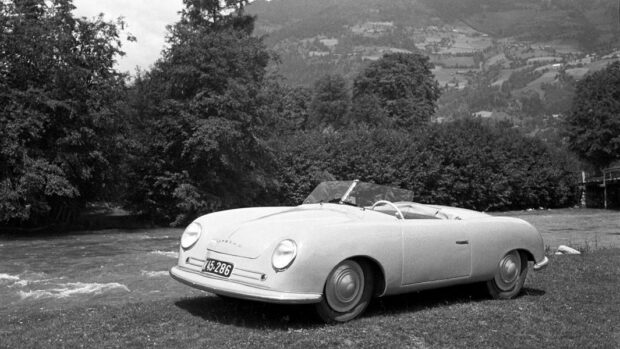
Not only was a legendary brand born, but also a legendary model with recognition value. The 356 has been further developed model year after model year. The letter suffixes A, B and C marked larger leaps in development.
901 or 911?
The engineers in Zuffenhausen and Weissach were to retain this system from now on. The order situation was good - test engines, naturally aspirated engines, water turbines, racing cars - and the internal numbers rose faster and faster. With some new types of sports car, Porsche again coined the internal factory code as the official model name, for example in 1953 with the Porsche 550 Spyder, the spirited mid-engine car.
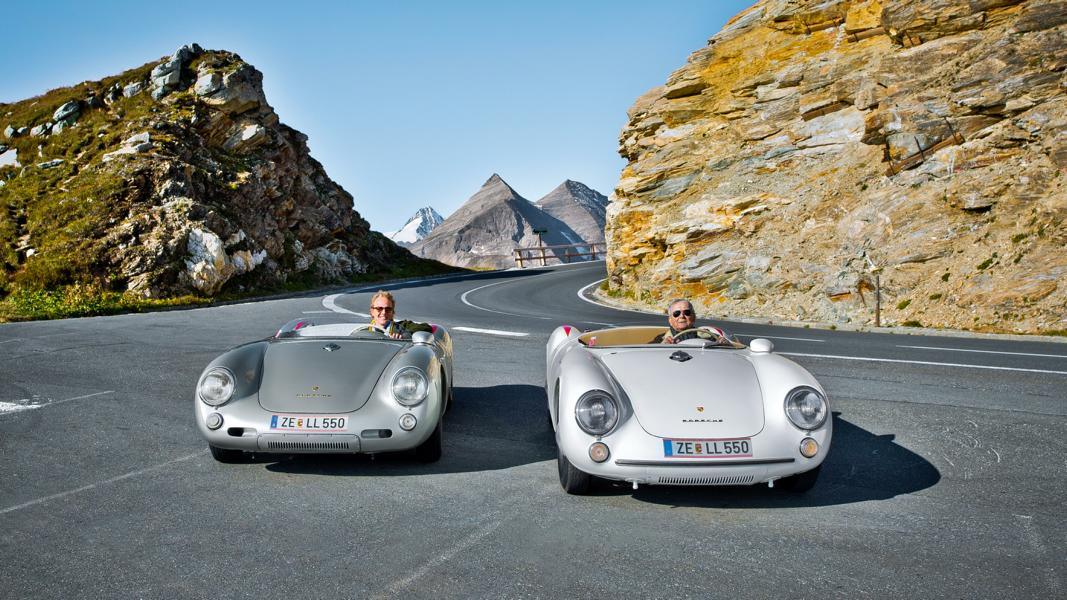
But with the successor to the 356, of all things, Porsche abandoned the usual typology. In view of possible future cooperation with the VW plant, the new Porsche should already be compatible with the number ranges there. Since the 900 numbers had not yet been assigned in Wolfsburg, the decision was made in Zuffenhausen to use the project designation 901 for the six-cylinder variant and 902 for a later four-cylinder. But then an unexpected problem arose: The Peugeot company claimed to have been using three-digit sequences with a zero in the middle since 1929 - and therefore to have legal protection in France for all similar series of numbers. The 0 was therefore quickly replaced by a 1 – the existing typeface 1 simply had to be doubled for brochures and type designations on the rear of the vehicle. A legend was born, officially christened the 911. In 1964, no one could have guessed that this makeshift solution would one day become the world-famous “XNUMX”.
Expansion of the model range
But the 911 was not to remain the only model line at Porsche. With the 914, a smaller, lighter mid-engine sports car was added, and over the years the 924, 928 and 944, for example, joined the older brother. These were also given their internal number as a model name - at least in their first version. By now, at the latest, the three-digit number, starting with the 9, had established itself worldwide as a mark of reliable sportiness from Zuffenhausen.
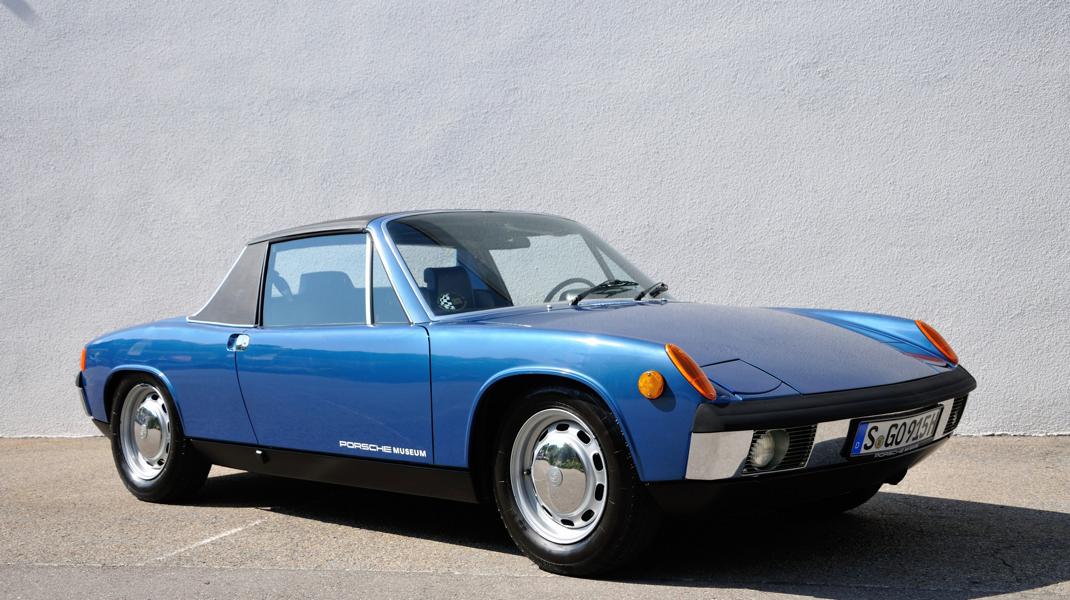
However, the 900 numbers soon became scarce and competed with each other. Traditionally, however, the engineers stuck to their system. In addition to the various road-legal models, pure racing cars also had to be provided with internal type numbers. Take the legendary 917, for example: presented at the Geneva Motor Show in 1969, the extreme athlete took overall victory in Le Mans a year later – the first of many other racing successes in the first half of the 1970s under the code 917.
Flexibility in naming
Flexibility was therefore increasingly required in the naming of all Porsche models. The example of the 911 makes this clear: for the first time in model year 1968, the series was given the internal designation "A series". The "B-Series" followed in 1969, the "C-Series" in 1970, up to the heavily revised "G-Series", which was presented in 1973. However, special models within the series were occasionally given their own type numbers, such as the 930 Turbo, known internally as the 911, or the 954 (911 SC RS).

A major turning point in the history of the 911 was the introduction of the completely revised 1988 series in 964. The 1993 followed in 993. Then 996, 997, back to the 991 and the current model 992. Between the internal numbers of the 911, for example, there are then other models such as the Carrera GT (internal 980), the Boxster (986 first generation, 987 second, 981 third, 982 fourth) or the Cayenne (955). The tradition of the three-digit type number is thus continued - albeit with a certain creative freedom.
In addition to the official designations and the company-internal type numbers, the Porsche employees also gave some models affectionate nicknames: For example, a model of the 356 was known as "Dame", the 917/20 version of the Le Mans racing car remained in as "pig". Reminder. But that's another story altogether. In addition to the official model names, there are various additions that designate numerous model variants. Here is an overview:
Current models
Boxster
Since 1993 used artificial name from boxer (-engine) and roadster
Career
Originally "Carrera" was the name of the 1953 by Dr. Ernst Fuhrmann designed the Type 547 four-camshaft engine. Later, Porsche used this addition for the most powerful engine variants, such as the 356 A 1500 GS Carrera or the 911 Carrera RS 2.7. However, Carrera has almost become synonymous with the 911 model series. The name comes from the Carrera Panamericana, a Mexican long-distance race in which Porsche achieved great success with the 550 Spyder.
E-hybrid
In addition to the combustion engine, the e-hybrid models have an electric motor on board, which provides more thrust with lower CO₂ emissions at the same time.
Executive
The Executive models of the Panamera have an extended body, which primarily benefits the passengers sitting in the back.
GTS
GTS means Gran Turismo Sport and is originally a homologation designation from motorsport. The 904 Carrera GTS first received the nickname in 1963. In 1991, the 928 GTS resumed the tradition. Currently, the suffix GTS designates particularly sporty and exclusive models of a Porsche series.
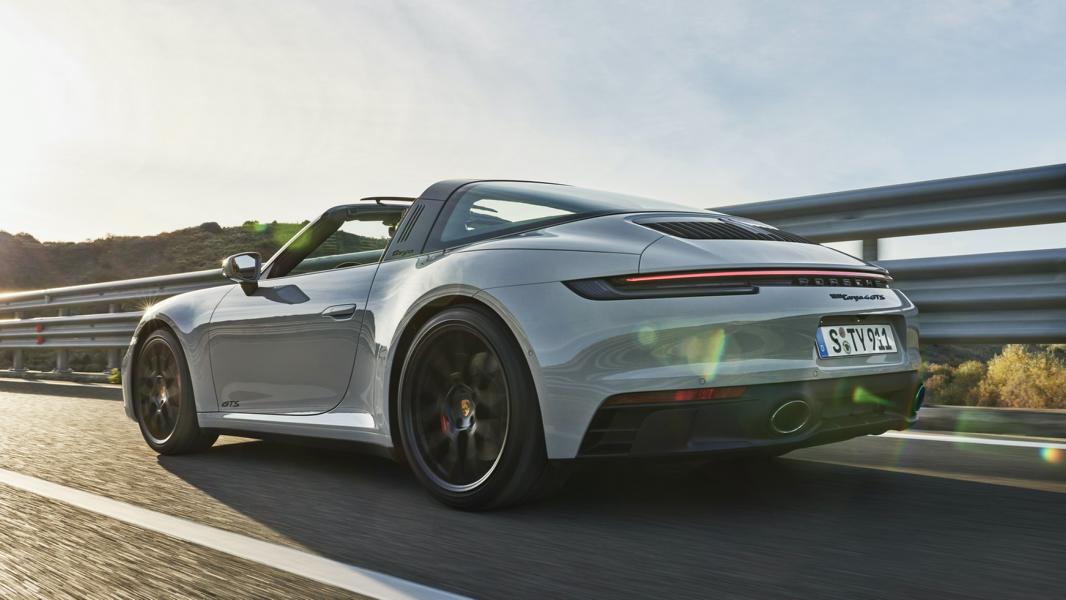
RS
The RS (stands for RennSport) is derived from the racing version and is street-legal. The term is also used for particularly sporty models, such as the 911 RS America.
RSR
The RennSport racing car (RSR) is the pure competition version without street legal.
S
S for "Super" or "Sport": A more powerful version. Today, the S stands for "Sport" and, in addition to the extra sporty engine, also includes improvements in equipment compared to the basic model.
Spyder
The name originally comes from carriage construction for light, open carriages for two people. Similar to the term Roadster, open mid-engine sports cars are referred to as Spyders at Porsche. The Boxster Spyder already had a legendary forerunner in the 550 Spyder from 1953.
Plate
The 911 Targa is an open version of the 911, which is characterized by its distinctive roll bar and a fixed roof section. The name comes from the legendary Sicilian road race Targa Florio and means "shield" in German.
Turbo
These models have an engine with an exhaust gas turbocharger, which brings a huge increase in performance.
4
All-wheel drive models
Historical models
CS
The ClubSport (CS) version of the 1992 available from 968 was streamlined in terms of sportiness compared to the basic version – with the same engine: without window lifters, rear seats and air conditioning, it was less comfortable, but significantly lighter and therefore faster than the regular 968.
GT
Similar to GTS, the suffix Gran Turismo (GT) designates a sportier version of the base model; The origin of the name is motorsport, in which vehicles for the GT class were homologated. First used in 1955 on the 356 A 1500 GS Carrera GT, Porsche used the designation again in 1989 for the 928 GT.
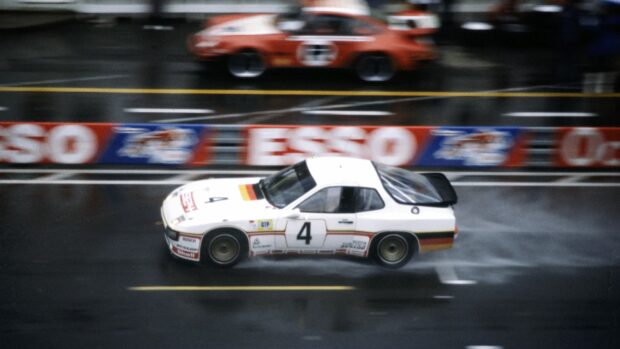
GT Cup
Close-to-production racing versions without road approval, used for example in the Porsche Carrera Cup.
L
L for "luxury": The third version of the original 911 received this addition in 1967.
SC
Introduced in the 1964 model year, the 95 hp 356 SC (Super C) was intended to mark the end of the series. Similarly, the 1977 SC (Super Carrera) was presented in 911, which was initially also intended to be the last 911. However, the series was continued with the 3.2 Carrera XNUMX.
Speedster
The windscreen on the Speedster models was significantly lower compared to the base model, giving the car a sleeker silhouette. The driver had to do without comfort in terms of equipment.
T
Although it was also available as a Targa version, the T 1967 stood for "Touring" in the 911 T - and thus for a less powerful, cheaper entry-level version of the classic. Photo credit: Porsche
Of course, that wasn't the end of it!
tuningblog has countless other articles on the subject of car and auto tuning in stock. Do you want to see them all? Just click HERE and look around. In part, we would like to provide you with news but also off the tuning. In our category Tips, products, information & Co We have reviews of car or accessories manufacturers, new ones Tuning Wiki Terms or one or the other Leak veröffentlicht. Following an excerpt of the last articles:
"Tuningblog.eu" - we keep you up to date on the subject of car tuning and car styling with our tuning magazine and we present you the latest tuned vehicles from all over the world every day. It's best to subscribe to ours Feed and will automatically be informed as soon as there is something new about this post, and of course also to all other contributions.
 tuningblog.eu Your magazine about tuning the car
tuningblog.eu Your magazine about tuning the car

